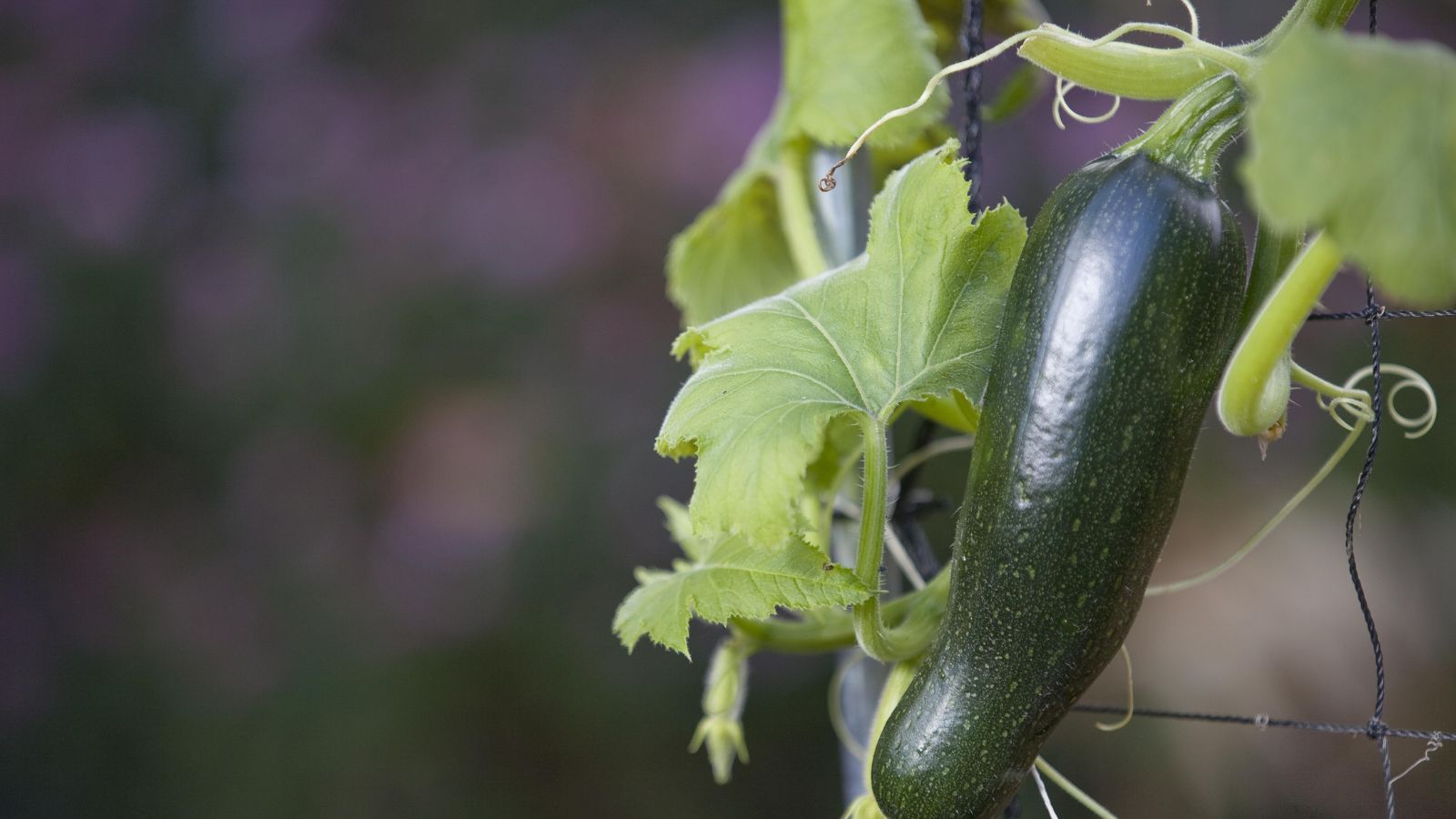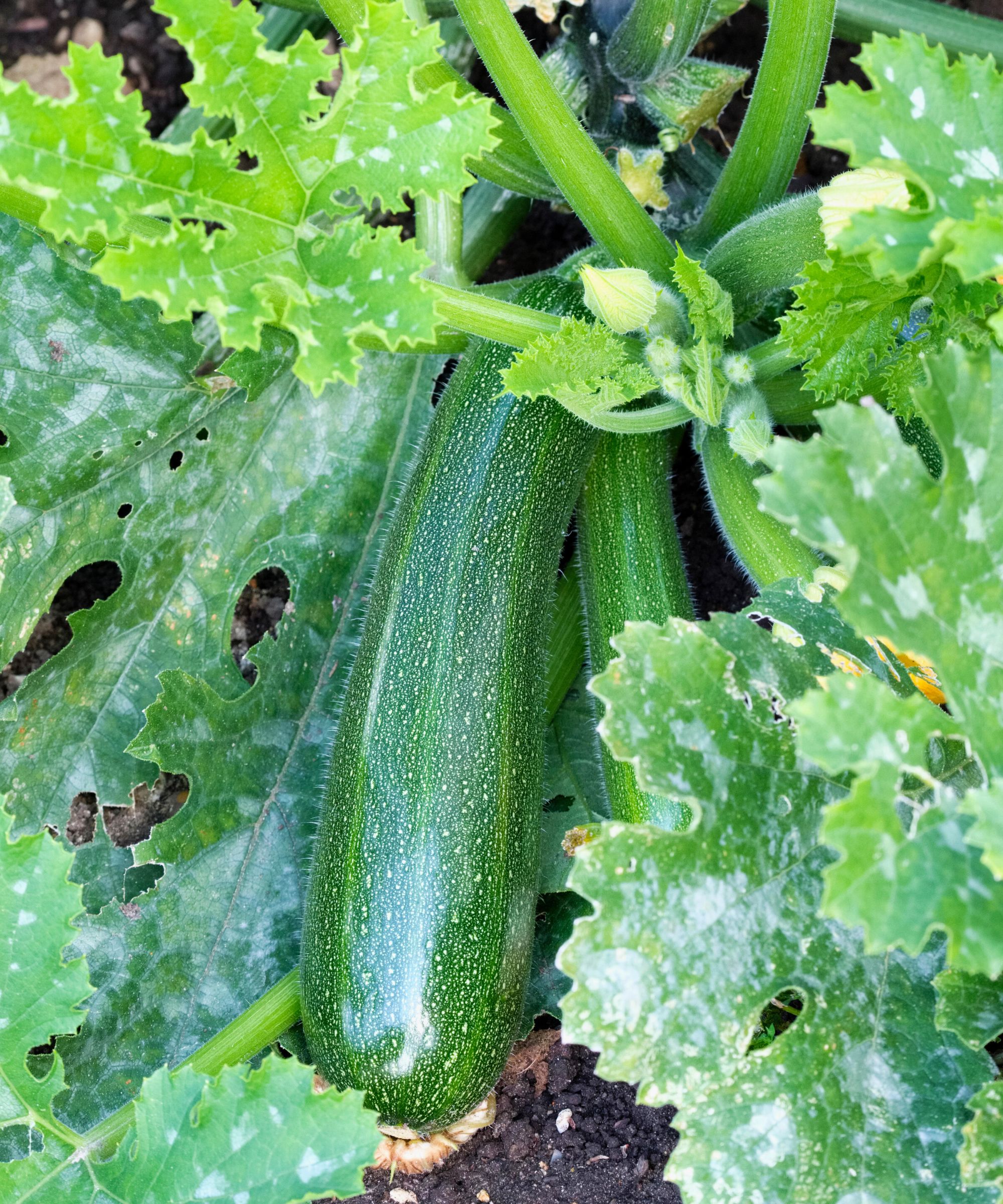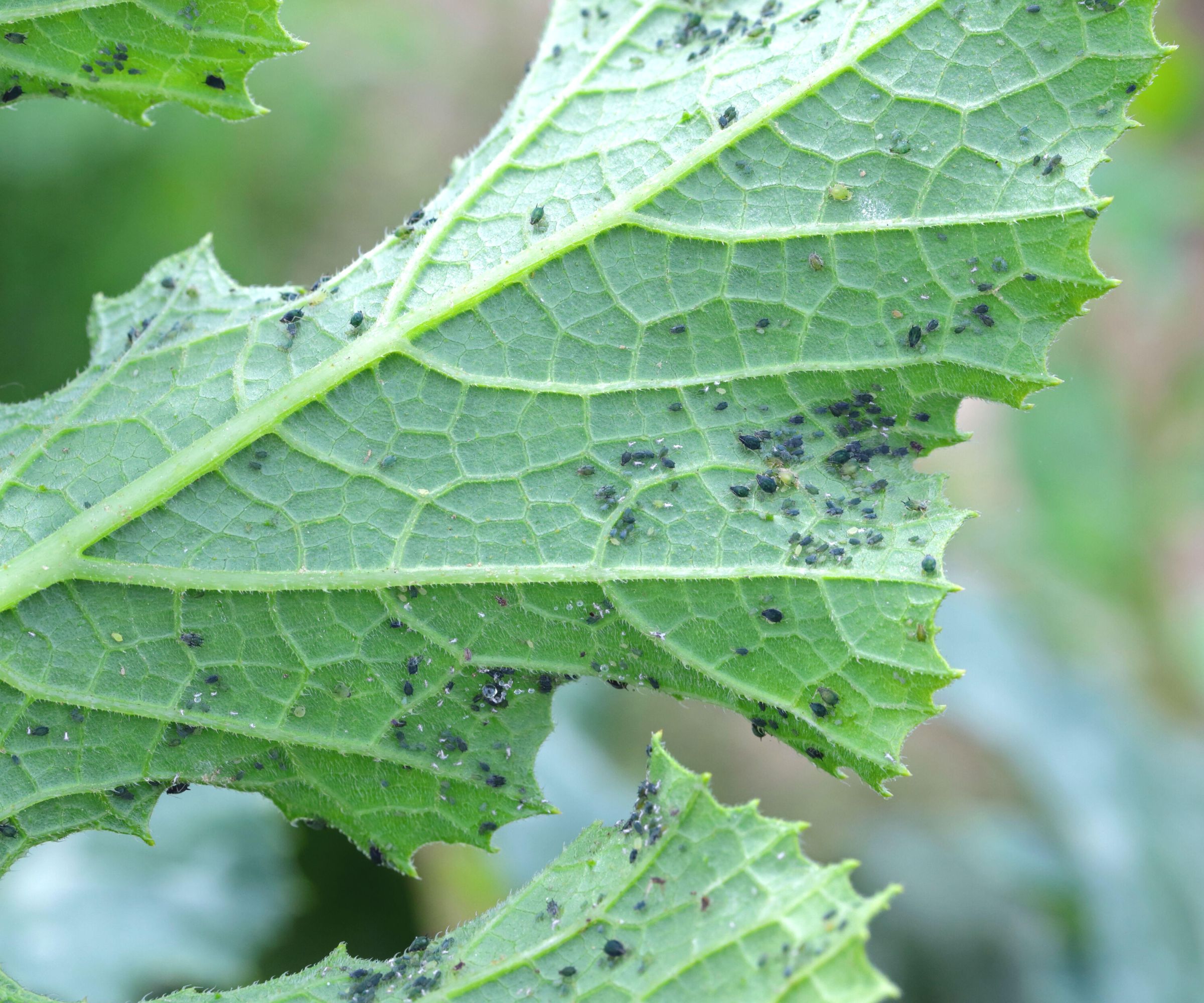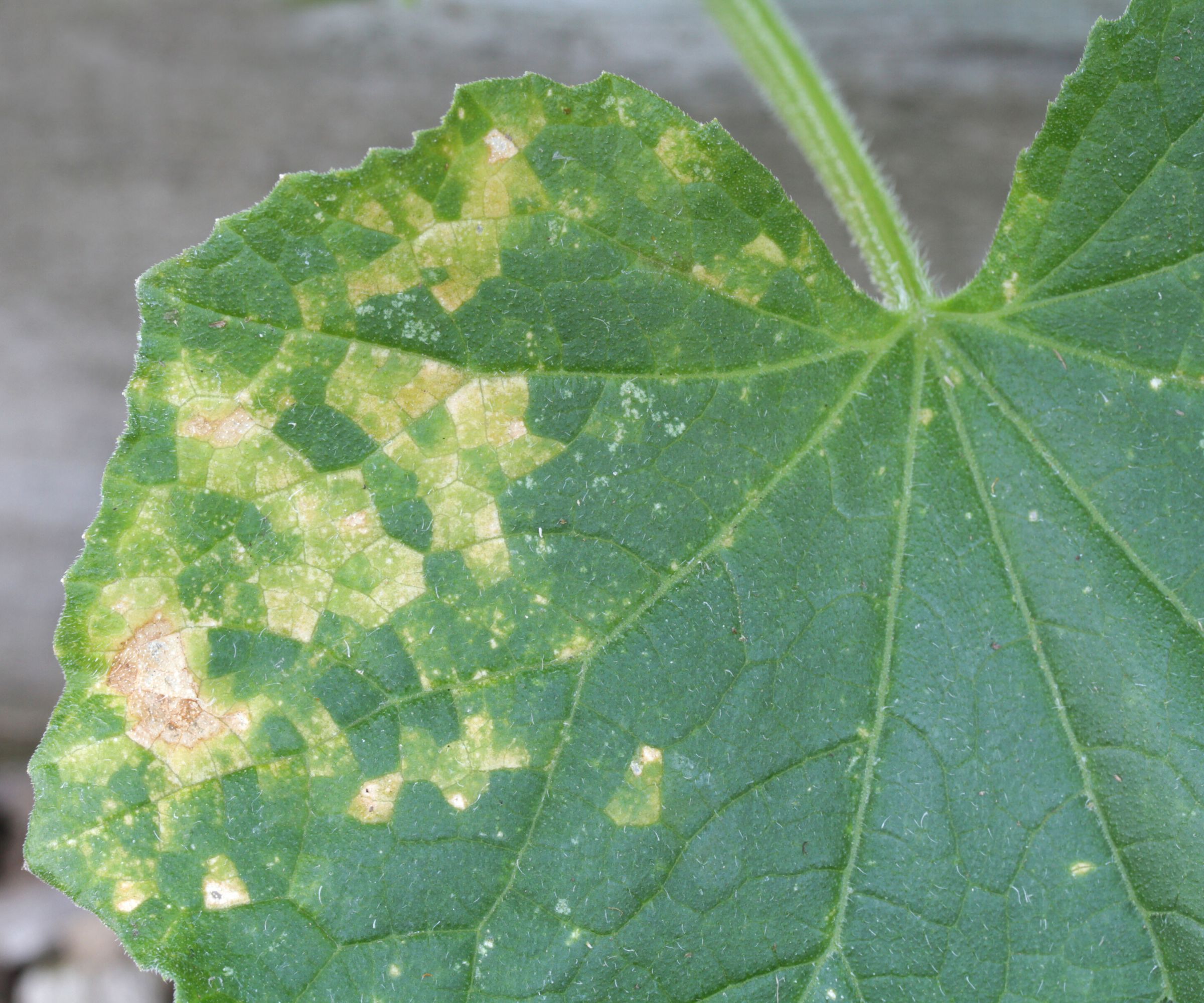Why are my zucchini leaves turning white? 3 main causes and expert solutions to fix the problem
Discover the main causes for your zucchini leaves turning white and possible solutions with this guide


Zucchini are common home garden staples due to their mild flavor and consequent versatility in cooking.
Whilst you may know how to grow zucchini, do you know how to deal with their common problems such as zucchini leaves turning white? Zucchini plants are prone to a number of pests and fungi such as powdery mildew, insects, and viruses that leave white residue behind that could turn your plant from a bountiful provider into a stagnant garden eyesore.
Here, we look at three of the most common causes of zucchini leaf discoloration with experts and find out what you can do to solve them.
Why are my zucchini leaves turning white?
There are several reasons why your plant's leaves may be turning white spanning from serious zucchini diseases to simple natural processes.
‘If the white patches are not caused by mildew or insects they could just be a natural process of the plant aging, in which case there is no remedy and overall the plant shouldn’t be affected,’ explains Angela Slater, gardening expert at Hayes Garden World.
It can be difficult to determine what the true cause is, so we have compiled the tell-tale signs of damaging zucchini leaf discoloration and how to treat them.
1. Powdery mildew

‘Probably the most common cause of white patches on zucchini leaves is powdery mildew,’ says Angela. ‘This is a fungus that attacks the leaves when the air is still and the plant is stressed so make sure you keep them well watered.’
Powdery mildew gets its name from its appearance. The powdery, sticky substance clings to leaves and can be easily distinguished from healthy green coloration.
‘If it rubs off between finger and thumb, then you can be sure it's mildew’ Angela adds.
Clean away mildew to allow your plant to thrive
There are a few ways to get rid of powdery mildew once you have spotted it on your plant, including doing some zucchini pruning. ‘Take off all the infected leaves and either burn or throw them into the waste bin - don’t put them on the compost heap,’ Angela warns.
Before the problem has the chance to take hold on the rest of your plant ‘spray with a fungicide specifically formulated for edible crops.’ A good example is neem oil as this is both safe and effective for the treatment of fungus.
2. Insects

Another common, but easily managed cause for white residue on zucchini plants are insects.
‘Some sap sucking insects can also cause silvery patches on the leaves as they take out the green chlorophyll,’ explains Angela. Pests like these cause scarring that, over time, can cause permanent damage to a healthy plant.
You can distinguish insect damage from other causes of white discoloration as the scarring will not wipe away and should spread slowly and randomly across the plant.
Kill and discourage insects to give your plant a better chance
‘Check closely for insects and spray with a garlic and water solution, washing-up liquid in water or a pesticide, especially for edible crops,’ Angela recommends.
It is also possible to use homemade bug sprays, but make sure they only contain ingredients that are safe to consume.
Another way to discourage pests is to try zucchini companion planting to not only ward off damaging insects but also boost your vegetable garden ideas.
3. Mosaic virus

The most serious cause of zucchini leaves turning white is the mosaic virus.
‘Cucumber mosaic virus is spread by a beetle and can also cause silvering of the leaves,’ describes Angela. ‘Unfortunately there is no cure.’
Mosaic virus can be identified by its rapidly spreading scarring and uniform appearance.
Prevention is one of the only ways to fend off the mosaic virus in your garden. ‘Try and prevent it the following year by growing your plants in a different spot and covering them with a fleece tunnel while they are still young and before they flower.’ You should also remove all infected plants before planting new ones.
What do overwatered Zucchini plants look like?
Overwatered zucchini plants display signs such as slowed growth, rotting fruit on the vine, mold growth, and yellow leaves – not white.
White leaves are a sign of infestation, diseases, or pests and need to be treated differently from overwatered zucchini.
Sign up to the Homes & Gardens newsletter
Design expertise in your inbox – from inspiring decorating ideas and beautiful celebrity homes to practical gardening advice and shopping round-ups.

Chiana has been at Homes & Gardens for two years and is our resident 'queen' of non-toxic living. She spends most of her time producing content for the Solved section of the website, helping readers get the most out of their homes through clever decluttering, cleaning, and tidying tips. She was named one of Fixr's top home improvement journalists in 2024.
-
 I tried the 50% decluttering rule, and it gave me the ruthless push to clear the clutter in my cramped kitchen cabinets
I tried the 50% decluttering rule, and it gave me the ruthless push to clear the clutter in my cramped kitchen cabinetsI can now find my dinnerware much more easily
By Rebecca Shepherd
-
 Andrew Walker's wooden cabinets have made me rethink the concept of a classic neutral kitchen – they're simple without feeling overly minimal
Andrew Walker's wooden cabinets have made me rethink the concept of a classic neutral kitchen – they're simple without feeling overly minimalRaw, pared-back cabinetry has never felt so sophisticated – designers say they're a 'smart, long-term investment with lasting style'
By Megan Slack